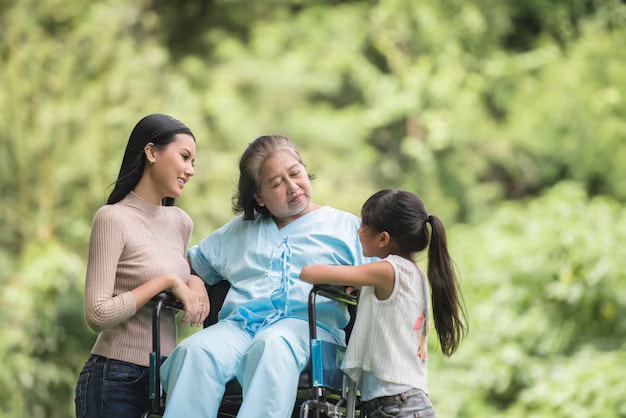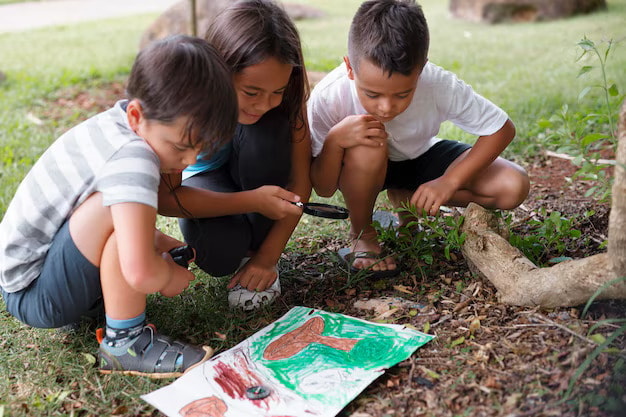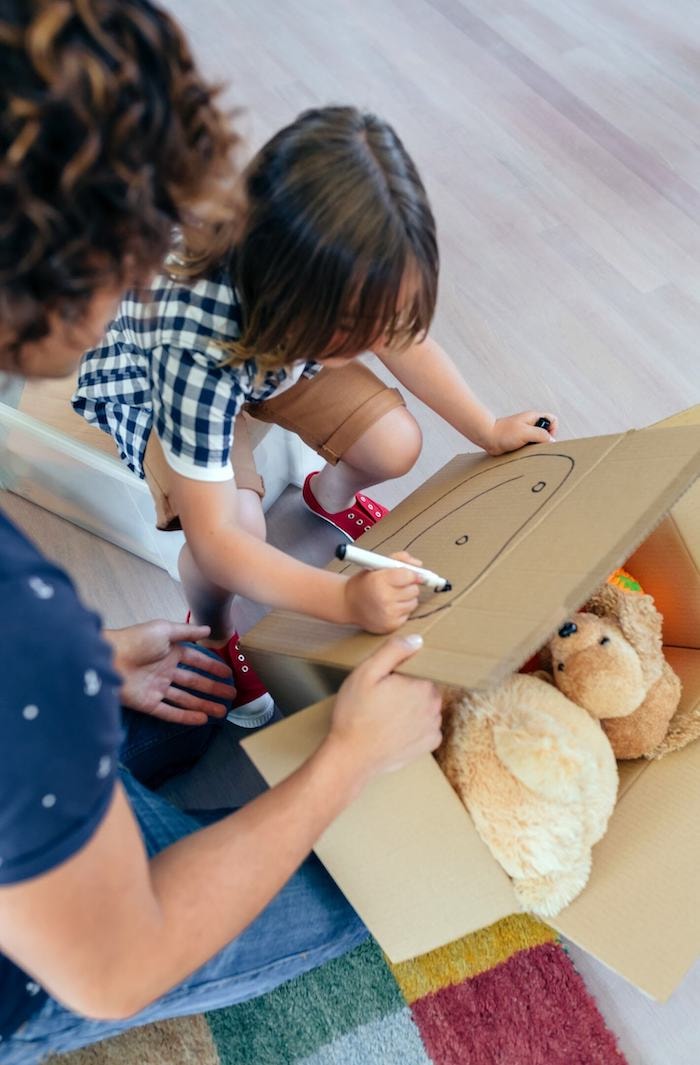
The Value of How to Teach Kindness to Kids
In a world that often seems focused on individual achievement, teaching kindness to kids has become more important than ever.
As parents and educators, we play a crucial role in shaping the next generation of compassionate human beings.
With Random Act of Kindness Day approaching on February 17th, it’s the perfect time to explore how we can instill the value of kindness in our children and encourage them to spread goodwill throughout their lives.
Understanding the Importance of Kindness
Kindness is more than just a pleasant personality trait; it’s a fundamental aspect of being a good human being.
When we teach kindness to young kids, we are not just helping them become nicer people – we are equipping them with essential life skills that will serve them well into adulthood.
Research has shown that kind behavior can have a significant positive impact on both the giver and the receiver.
According to a study by Brigham Young University, performing even one act of kindness per week can significantly reduce feelings of loneliness and social isolation. This finding underscores the importance of encouraging kids to engage in random acts of kindness regularly.
Whether it’s helping an elderly neighbor with their groceries or simply offering a kind word to a friend in need, these small actions can make a big difference in someone’s life.
Effective Random Acts of Kindness Activities to Engage Children

One of the most effective ways to teach kindness is through hands-on experiences. Kindness activities provide children with practical opportunities to demonstrate kindness and see its impact firsthand.
Here are some engaging kindness activities that parents and educators can use to foster compassion in children:
Gratitude Jar: Encourage children to write down things they’re grateful for and place them in a jar. Regularly review these notes as a family to reinforce the importance of expressing gratitude.
Kindness Scavenger Hunt: Create a list of kind acts for children to complete in their neighborhood or school. This can include tasks like complimenting a classmate or helping a sibling with homework.
Random Acts of Kindness Challenge: Set a goal for children to perform a certain number of random acts of kindness within a week.
This could involve simple actions like holding the door open for someone or writing a thank-you note to a teacher.
Volunteer as a Family: Participate in community service projects together, such as serving at a local food bank or cleaning up a park. This helps children understand the broader impact of kindness on their community.
Age-Appropriate Kindness Activities for Kids
When planning kindness activities for kids, it’s important to consider their age and developmental stage. Here are some age-appropriate ideas to help children of all ages learn about and practice kindness:
For Preschoolers (Ages 3-5):
Create kindness rocks with positive messages to leave around the neighborhood
Practice sharing toys with siblings or friends
Help feed pets or water plants to learn about caring for others
For Elementary School Children (Ages 6-12):
Write letters of appreciation to community helpers like firefighters or nurses
Organize a book drive to donate books to children in need
For Teenagers:
Volunteer at a local animal shelter or retirement home
Initiate a fundraising campaign for a cause they care about
Remember, the key is to make these activities fun and engaging while also emphasizing the positive impact they have on others.
The Impact of Kindness on Child Development

Teaching kindness to kids goes beyond just creating a more pleasant environment; it has tangible benefits for child development.
Research published in the Canadian Journal of Action Research found that direct kindness instruction can improve academic outcomes and enhance social and emotional behaviors in students.
When children engage in kind behavior, they develop important skills such as empathy, emotional intelligence, and social awareness. These skills not only help them form stronger relationships with family members and friends but also contribute to their overall well-being and success in life.
Moreover, kindness has a ripple effect. When children see their parents and other adults demonstrate kindness, they’re more likely to emulate this behavior.
This creates a positive cycle where kindness begets more kindness, ultimately contributing to a more compassionate society.
Nurturing a Generation of Kind-Hearted Individuals

As we’ve explored, teaching kindness to kids is not just about creating polite individuals; it’s about nurturing a generation of empathetic, compassionate human beings who can make a positive difference in the world.
By incorporating kindness activities into our daily lives, celebrating Random Act of Kindness Day, and consistently modeling kind behavior, we can help our children understand that kindness means more than just being nice – it’s a fundamental aspect of being a good person.

Celebrate Life’s Milestones in Camella!
House and Lot & Condominium for Sale in the Philippines


